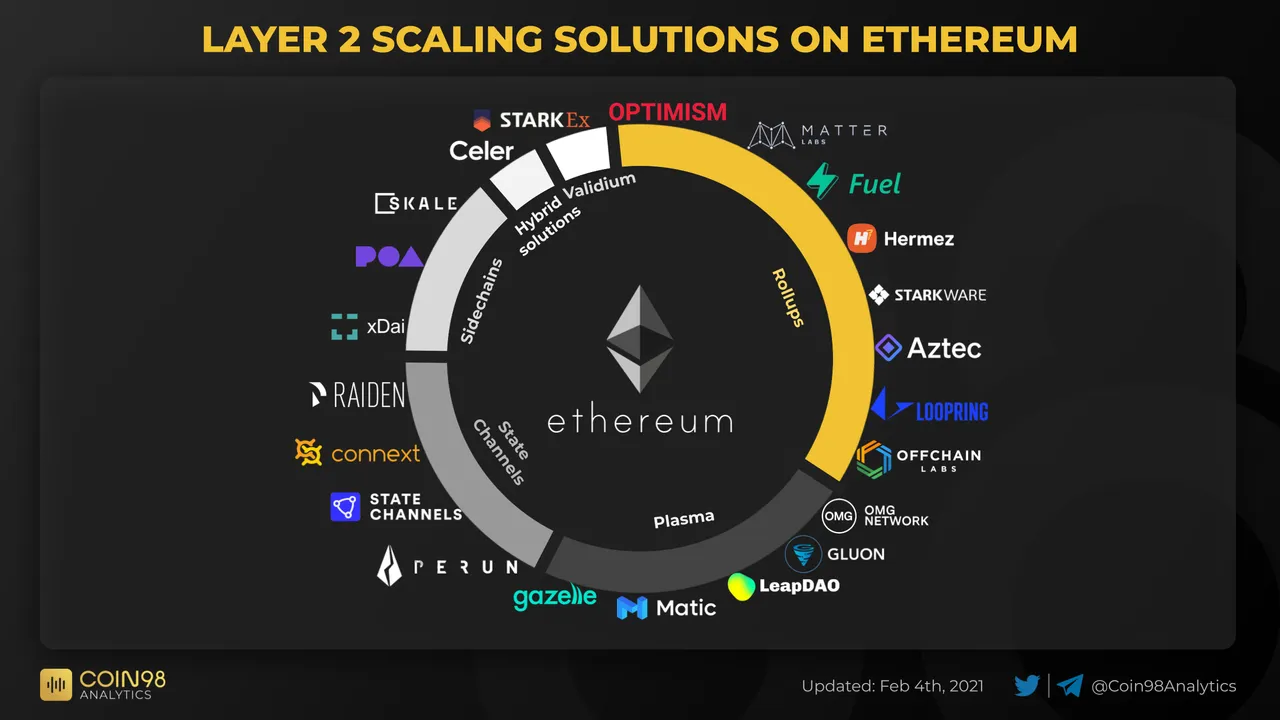
The recent discussions within the Ethereum community surrounding Layer 2 solutions have become quite heated, with opinions diverging on whether these scaling technologies align with Ethereum’s core principles and roadmap. Below is a deepened and reworded summary of the key points from the text:
Vitalik Buterin, co-founder of Ethereum, has long viewed Layer 2 (L2) solutions as crucial for enhancing the scalability of the Ethereum network. However, some members of the crypto community argue that these solutions stray from the original vision of Ethereum. They believe that L2 technologies may be diverging from Ethereum’s roadmap and principles.
Steven Goldfeder, co-founder of Offchain Labs, responded to these criticisms by pointing back to Buterin's 2020 roadmap, which emphasized the importance of rollups—a key component of Layer 2 scaling technologies. Goldfeder’s defense of L2 as part of Ethereum’s future sparked renewed debate about whether these scaling solutions are allies or threats to Ethereum.

The conversation about L2's role in Ethereum's ecosystem has intensified. Critics argue that Layer 2 solutions, like Arbitrum and Base, compete with each other, potentially dividing the network rather than strengthening it. They see this competition as counterproductive to Ethereum’s vision of unity.
Goldfeder countered this by referencing Buterin’s analogy from the 2020 roadmap, where Ethereum is likened to an "archipelago" of interconnected but unique islands. Each Layer 2 solution plays a role in strengthening Ethereum’s overall ecosystem by contributing to its robustness and scalability. Rather than seeing competition as divisive, Goldfeder argues that these L2 solutions complement one another, making the network stronger.
Another major critique focuses on the introduction of Layer 2 tokens and the associated fees, including MEV (Maximal Extractable Value), which some claim are misaligned with Ethereum’s founding principles. Critics believe these tokens and fees detract from Ethereum’s ethos by adding complexity and financial motivations that don’t align with the network’s original intent.

Goldfeder, however, pointed out that these elements were not arbitrarily introduced but were part of Buterin’s long-term plan for Ethereum, as laid out in the 2020 roadmap. Buterin envisioned a sustainable ecosystem where Layer 2 solutions could develop while still fitting within Ethereum's broader economic framework. The use of tokens and MEV is seen as a necessary part of this growth, allowing Layer 2 platforms to thrive while still aligning with Ethereum's goals.
The final criticism concerns the role of decentralized finance (DeFi) on Layer 2 platforms. Detractors argue that DeFi applications should remain confined to Ethereum’s mainnet to preserve the network's integrity and ensure that core DeFi projects remain secure and reliable.
Goldfeder, once again, cited Buterin’s vision, where DeFi was identified early on as one of the primary users of Layer 2 solutions. The inclusion of DeFi on Layer 2 platforms is not a recent deviation but a central part of Ethereum’s plan to make transactions more scalable and efficient. By utilizing Layer 2, DeFi projects can operate more effectively, enabling faster and cheaper transactions, all while reducing congestion on the main network.
The conversation on Layer 2 scaling solutions continued, with both Goldfeder and Buterin offering analogies to explain how L2 technologies enhance rather than hinder Ethereum. Goldfeder compared the concept to VirtualBox, a program that allows multiple operating systems to run on a single machine, emphasizing how L2 solutions can coexist and improve the overall ecosystem. Buterin added his perspective, likening modern browsers to mini-operating systems that now run most of the applications we use, both online and offline. In this analogy, Layer 2 solutions are akin to these browsers, enabling decentralized applications (dApps) to operate more efficiently within Ethereum’s broader ecosystem.
Both Buterin and Goldfeder emphasized that Layer 2 solutions are not a threat to Ethereum. Instead, they enhance the network’s ability to support diverse and complex applications while maintaining its decentralized nature.
Recently, Vitalik Buterin has also found himself at the center of another debate within the Ethereum community. Some members have expressed concerns over his sale of Ethereum tokens. This controversy arose when Buterin was discussing governance structures for blockchain protocols such as Optimism and Arbitrum, which aim to safeguard decision-making within decentralized organizations. In the midst of this discussion, an X user shifted the conversation to Buterin’s financial activities, accusing him of neglecting community concerns by selling his Ethereum holdings.

Buterin responded by explaining that, since 2018, he has only sold Ethereum to fund projects related to the Ethereum ecosystem or to support charitable causes, particularly biomedical research. Despite his transparency, some in the community continue to question his motivations, particularly with regard to donations outside the Ethereum ecosystem. Buterin clarified that he has also sold tokens from Layer 2 projects to support causes he believes in, further underlining his commitment to using his resources for important causes rather than personal gain.
Buterin’s approach has received mixed reactions from the Ethereum community. While some praised his transparency and dedication to philanthropy, others argued that his financial decisions could limit Ethereum’s growth. This conversation highlights the need for clear and consistent communication from key figures in the crypto space, especially when their actions could impact the perception of the network’s integrity.
Buterin reaffirmed that his actions are driven by a desire to support Ethereum and important charitable causes. He emphasized that maintaining transparency is crucial to ensuring the community trusts his motivations and understands that his personal financial decisions do not conflict with his dedication to Ethereum’s success.
In conclusion, the discussions surrounding Layer 2 solutions and Buterin’s philanthropic efforts reflect the broader challenges that Ethereum faces as it evolves. Balancing the network’s core values with the need for scalability and innovation will likely remain a contentious topic, but one that is crucial for the continued growth of the ecosystem.